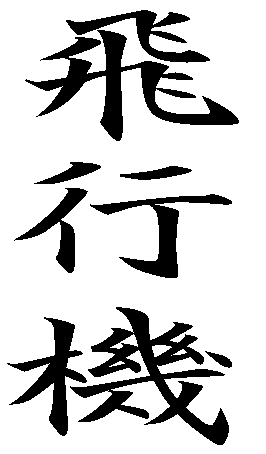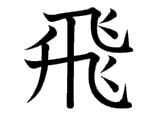I find learning Japanese a fascinating experience- mainly because it is quite different from any of the other languages I have learnt. And of all its aspects I find the system of writing quite interesting. Of course Japanese borrowed and evolved the Chinese system of writing so the kanjis (characters) in both alphabets can be similar.
There are three separate ways of writing in Japanese- the hiragana, the katakana and the kanjis. The hiragana is a phonetic system of alphabets that can be used to spell any word in the language (except words borrowed from other languages), katakana another phonetic system of alphabets used exclusively to spell words borrowed from foreign languages (and Japanese has a lot of them- especially modern international words related to technology, management etc) and lastly the kanji- the chinese characters.
Learning the kanjis can be interesting and challenging at the same time. Students (and Japanese children) start with the easiest ones and progress through levels of difficulty. Kanjis are useful in that even if you do not at times know the pronunciation of a certain word, character you may be able to vaguely guess at the meaning if you had learnt them once.
But at times kanjis can be daunting. Take a look at the construction below
The first time you look at this set of characters (which incidentally mean aircraft/ plane), you baulk at the complexity of the letters and get the feeling that you will never learn them. You want to throw up your arms in the air and give up. But then there is a trick to learning them and that is to learn their stroke order. You see- even the most complex kanji is always made of a number of small strokes. For example the first character can be parsed in the following way
So even though there are many strokes, they are fairly simple and if followed in a particular order you can very quickly learn the kanji. In fact I feel it is easier to remember the complex kanjis because you pay attention when you are learning them.
So what is the lesson the kanji are teaching everyone about life? It is that often in life things can appear unimaginably complex, baffling and impossible. You feel forced to give up but remember even the most complex problems can be broken down into simple elements that can be taken up one at a time.
Cheers!






